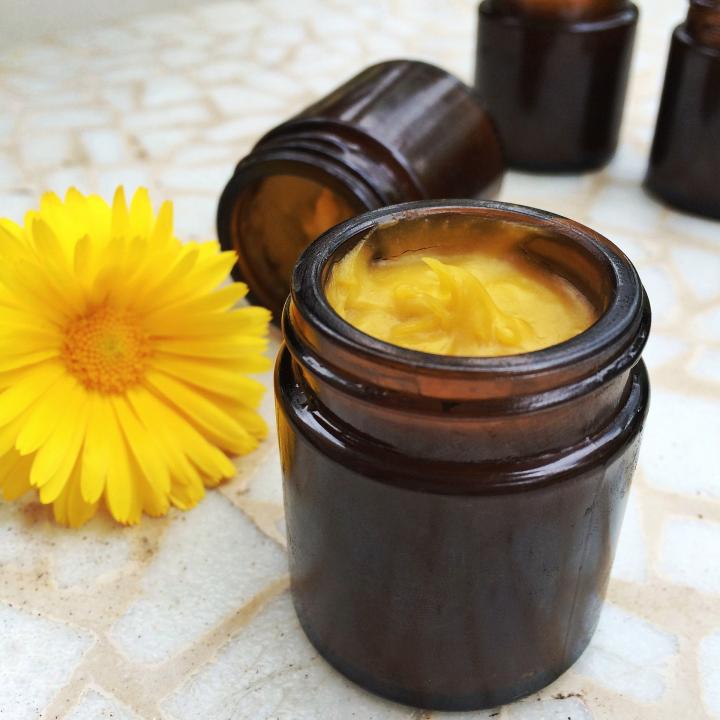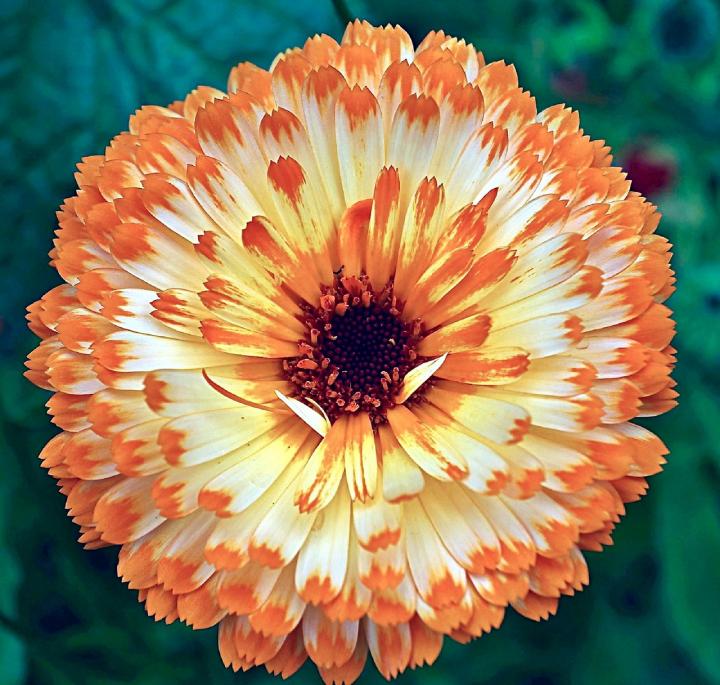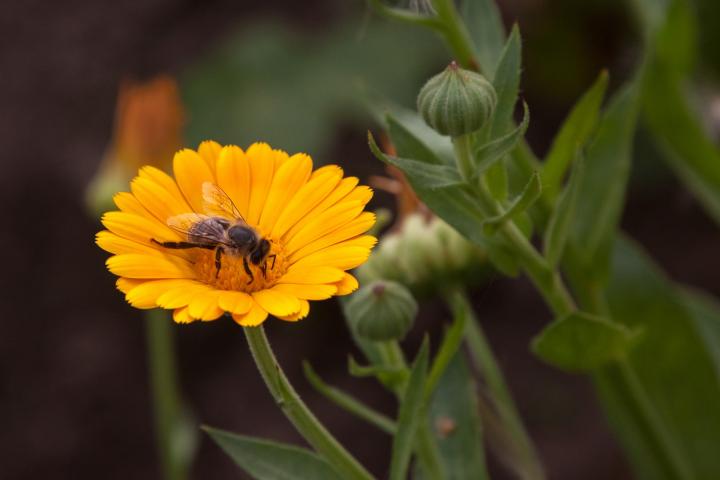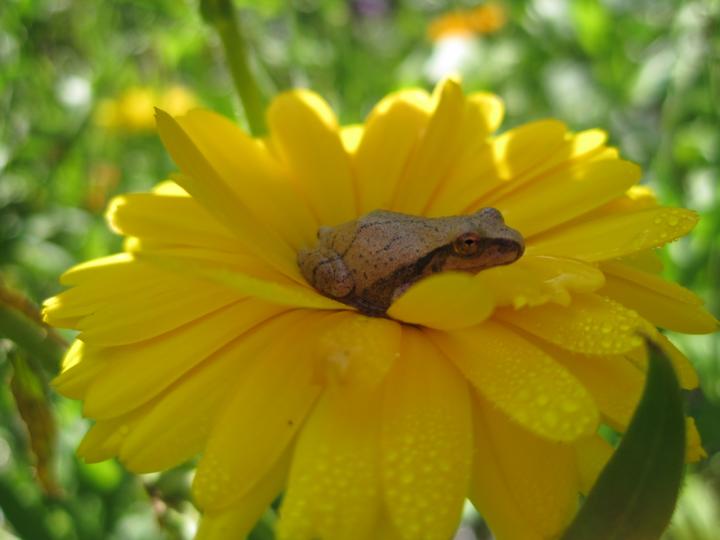
Calendula offers so many benefits to the gardener
ADVERTISEMENT
You can't miss with calendula seeds. I found a few plants growing in a gas station lot at the end of October five years ago. I took them to my garden, jammed them in - they had roots - and within a week they were strong enough to bloom a little more, produce seeds and self sow. That was it. I now have so many that I need to thin them and remove seedlings that take root in gravel, etc. I took some seeds to my friend's house and simply scattered them on an empty patch of soil last November. Didn't sow them in, no need. This spring, they came up and filled in and are currently spreading. I've planted seeds in various areas at all times of year expect the dead of winter and they always produce new plants. Fairly easy to control, in general, but you will definitely need to spot seedlings that pop up in nearby spots. I collect seeds as well as just let them self seed naturally. Strong winds can bend them so I have small trellis/fencing among the patch and they stay upright this way. In a vase, they will open and close day and night for a few days but don't last much longer than that. Still, you will have cheerful blooms through mid-November in cold climates.
I've been growing the Erfurter strain (for medicinal purposes) and the colors of orange and yellow are simply, kinda, the gold standard. Perfect tones and a joy to pick.
Your article, while well written, contained an error. Scorpions don’t BITE .. they STING!
Am in Arizona and am well aware of these nasty critters...and believe me their stinger is quite potent!
I make a facial toner and a face cream with Calendula as the base, its very popular for evening skin tone. Its also very good for men with "shaving rash". The Calendula is the Go to Herb for me!
I have been growing these happy little faces for many years. Surprising how few folks have not hear of them. I mix them w/ blue Bachelor Buttons.
I planted calendula this year for the first time and it is doing wonderfully. I want to make the salve with it and was wondering if it would be best to dry the flowers first before infusing them in oil since I had read to dry dandelion flowers a bit first so the moisture from the flowers wouldn't create mold in the oil. Has this ever happened to you with using fresh calendula flowers?
I have never had any mold form. I pick the flowers during the hottest part of the day so any dew has dried and the resin comes out on the petals. They are actually sticky. I have never tried drying them first but it may work if the resin dries on the petals and then becomes infused into the oil. Give it a try!
I make my oil with fresh but I use a yogurt maker to keep the temp of the oil at (or around 110 degrees). You can use dried but I took a recipe from "James Green Herbal Medicine Makers Handbook" (Ethyl Oil preparation). "Sticky" herbs of any kind - Grind your dried herb, LIGHTLY dampen with alcohol until 'just' damp, let it sit for an hour, then add to oil. The alcohol softens and breaks down the sticky substance and will not effect the quality of the oil. Works like a charm. By the way, I collect more of the petals than buds, this gives the oil a beautiful glowing orange color.












